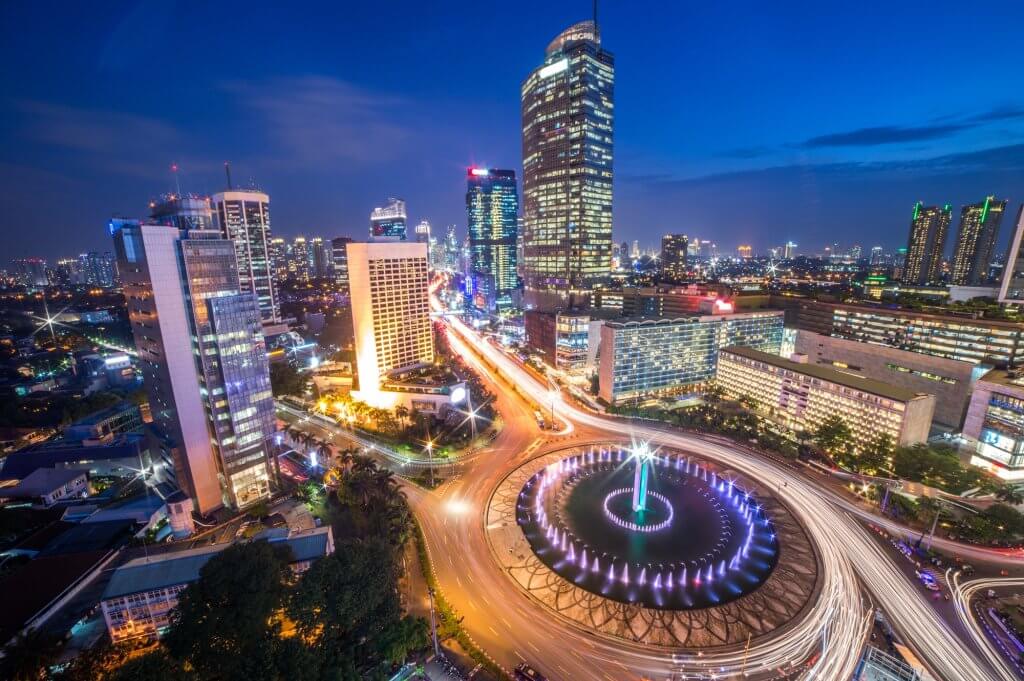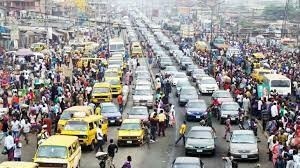Abundant Opportunity For Suriname Entrepeneurs

Chances For Paramaribo
( Hello Mr. Ramdin, are you listening ??
Are you there?? Hello …)
Part I

By the end of the century, Africa will be home to 40% of the world’s population – and nowhere is this breakneck-pace development happening faster than this 600-mile stretch between Abidjan and Lagos.
Eyesonsuriname H. W. French and Anton JieSamFoek
Amsterdam, 7 November 2022– No one knows for sure how many people live in Lagos, Nigeria. A decade ago, when Lagos was considered the armpit of West Africa, the United Nations conservatively put the number at 11.5 million.
Other estimates ranged as high as 18 million. The one thing everyone agreed was that Lagos was growing very fast. The population was already 40 times bigger than it had been in 1960. That is the year Nigeria gained independence. One local demographer said that 5,000 people migrated to Lagos every day. Mostly from the Nigerian countryside. Since then, the city has continued to swell. By 2035 Lagos will be home to 24.5 million people.

What is happening in Lagos is happening across the continent. Today, Africa has 1.4 billion people. By the middle of the century, experts such as Edward Paice, author of Youthquake: Why Africa’s Demography Should Matter to the World, believe that this number will have almost doubled. By the end of this century, the UN projects that Africa, which had less than one-tenth of the world’s population in 1950, will be home to 3.9 billion people, or 40% of humanity.
These are staggering numbers. But even so the reality is different. Numbers do not tell the full story. We need to zoom in closer. It is in cities where most of this astounding demographic growth will occur. Once we begin to think along these lines, what is at stake becomes even clearer. Much western commentary on Africa’s population growth has been alarmist and somewhat parochial, focusing on what this means for migration to Europe. The question of how African nations manage the fastest urbanisation in human history will certainly affect how many millions of its people seek to stay or leave. A recent continental survey by a South African foundation, found that 73% of young Nigerians expressed an interest in emigrating within the next three years. But given its scale, this is a story with far larger implications than population movements alone, shaping everything from global economic prosperity to the future of the African nation state and the prospects for limiting climate crisis.
There is one place above all however that should been seen as the centre of this urban transformation.

It is a stretch of coastal west Africa that begins in the west with Abidjan, the economic capital of Ivory Coast, and extends 600 miles east – passing through the countries of Ghana, Togo and Benin – before finally arriving at Lagos.
Recently, this has come to be seen by many experts as the world’s most rapidly urbanising region, a “megalopolis” in the making – that is, a large and densely clustered group of metropolitan centres. When its population surpassed 10 million people in the 1950s, the New York metropolitan area became the anchor of one of the first urban zones to be described this way – a region of almost continuous dense habitation that stretches 400 miles from Washington DC to Boston. Other regions, such as Japan’s Tokyo-Osaka corridor or Rio de Janeiro- Sao Paulo, soon gained the same distinction, and were later joined by other gigantic clusters in India, China, Latin America and Europe.
But the Abidjan-Lagos stretch now stands to become the granddaddy of them all.
In just over a decade from now, its major cities will contain 40 million people. Abidjan, with 8.3 million people, will be almost as large as New York City is today. The story of the region’s small cities is equally dramatic. They are either becoming major urban centres in their own right, or – as with places like Oyo in Nigeria, Takoradi in Ghana, and Bingerville in Ivory Coast – they are gradually being absorbed by bigger cities.

Meanwhile, newborn cities are popping into existence in settings that were all but barren a generation ago. When one includes these sorts of places, the projected population for this coastal zone will reach 51 million people by 2035, roughly as many people as the north-eastern corridor of the US counted when it first came to be considered a megalopolis.
But unlike that American super-region, whose population long ago plateaued, this part of west Africa will keep growing. By 2100, the Lagos-Abidjan stretch is projected to be the largest zone of continuous, dense habitation on earth, with something in the order of half a billion people.
“I have worked in China and in India, and that is where most of the attention on cities has been until fairly recently, but Africa is unquestionably the continent that will drive the future of urbanisation. And it is that strip along the coast of west Africa where the biggest changes are coming,” said Daniel Hoornweg,

a scholar of urbanisation at Ontario Tech University. “If it can develop efficiently, the region will become more than the sum of its parts – and the parts themselves are quite big. But if it develops badly, a tremendous amount of economic potential will be lost, and in the worst of cases, all hell could break loose.”
The first time Mr.French has travelled along this stretch of coast was in the late 1970s, on a long road trip to Nigeria from Ivory Coast. At the time Howard was a first-year college student in the US, but it was the summer holidays, and he was excited to jump aboard a clattering old-school grey Land Rover for the trip.
End of part I
Eyesonsuriname/ Mr. French and Anton JieSamFoek









